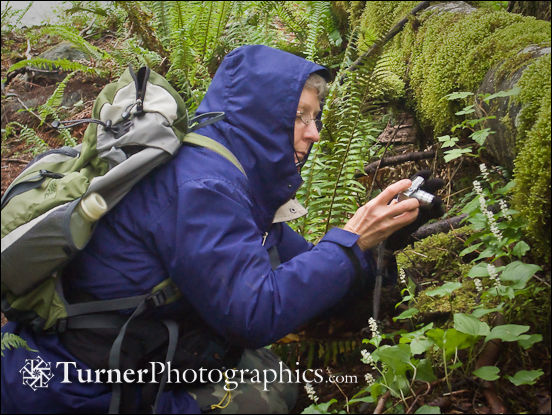Five Gardens
Coming up next weekend is the Whatcom Horticultural Society’s 2010 Tour of Private Gardens. There are five gardens on this year’s tour. They’re all different and worth a visit if you’re in the area and interested in gardening. Since I take care of the WHS website I was on the pre-tour for volunteers yesterday and shot a series of images for a video slideshow.
Yesterday was the first really warm and sunny day we’ve had this spring. Not exactly the best light for photographing gardens, but sometimes a photographer’s just gotta deal with the conditions. I shot all of these with my Canon S70 pocket camera and then ran them through Adobe Lightroom to dodge, burn, and generally adjust the contrast a bit. The video was created with Animoto.
Details about the tour, including pricing, directions, and ticket sources, is on the Whatcom Horticultural Society tour web page.



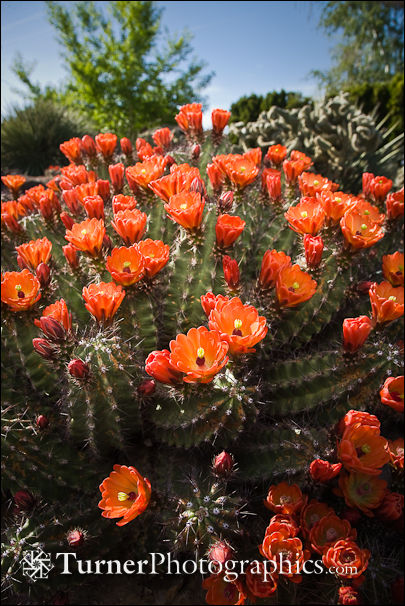 Last weekend I made a 1000-mile road trip to see a bunch of plants. Most were in the wild, but I stopped in Yakima to see my friend Ron McKitrick’s
Last weekend I made a 1000-mile road trip to see a bunch of plants. Most were in the wild, but I stopped in Yakima to see my friend Ron McKitrick’s 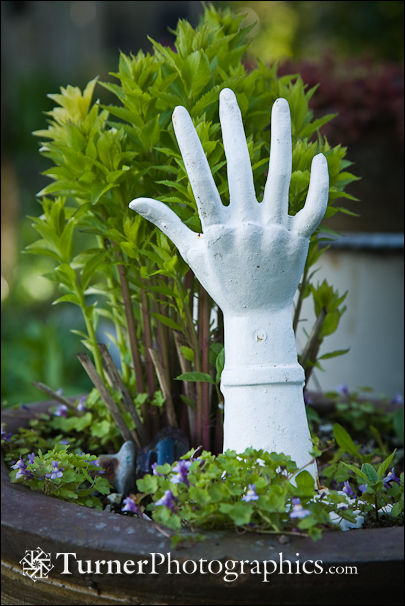 A week or so ago one of the garden magazine editors I work with regularly sent an e-mail saying she was looking for photos of gardens with flea market stuff in them for a story. A couple of days later she wrote again, saying they were going to do a whole special magazine on the subject. I searched my files and put together a preview gallery for Diane, and then got to work trying to find some new material.
A week or so ago one of the garden magazine editors I work with regularly sent an e-mail saying she was looking for photos of gardens with flea market stuff in them for a story. A couple of days later she wrote again, saying they were going to do a whole special magazine on the subject. I searched my files and put together a preview gallery for Diane, and then got to work trying to find some new material.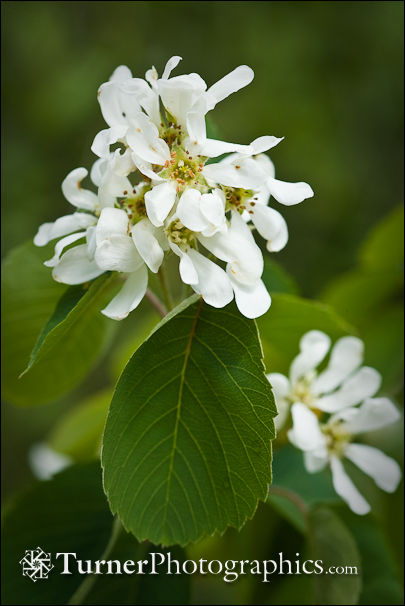 Try saying the title three times fast. If you’re not up on your botanical Latin maybe the words don’t quite roll off your tongue.
Try saying the title three times fast. If you’re not up on your botanical Latin maybe the words don’t quite roll off your tongue.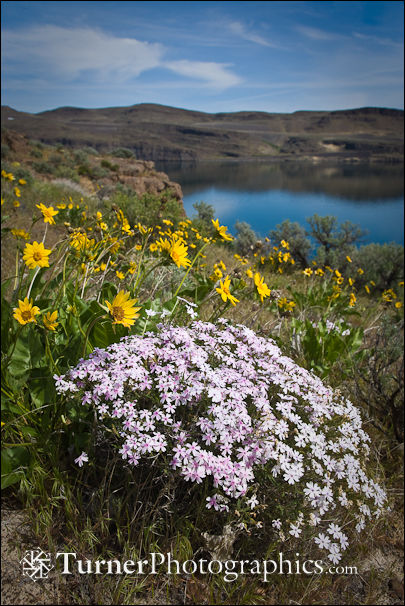 A couple of weeks ago I was over to Ellensburg for the semi-annual board meeting of the
A couple of weeks ago I was over to Ellensburg for the semi-annual board meeting of the 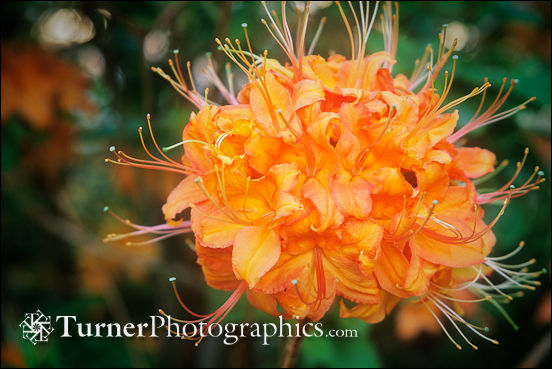

 The most compelling photos are often made eye to eye with the subject. That means that if you’re photographing a child, pet, or small plant you’ll want to get down low so your camera’s lens is roughly at the same level as your subject’s eyes. If it’s a flower then that’s your eye level.
The most compelling photos are often made eye to eye with the subject. That means that if you’re photographing a child, pet, or small plant you’ll want to get down low so your camera’s lens is roughly at the same level as your subject’s eyes. If it’s a flower then that’s your eye level. 